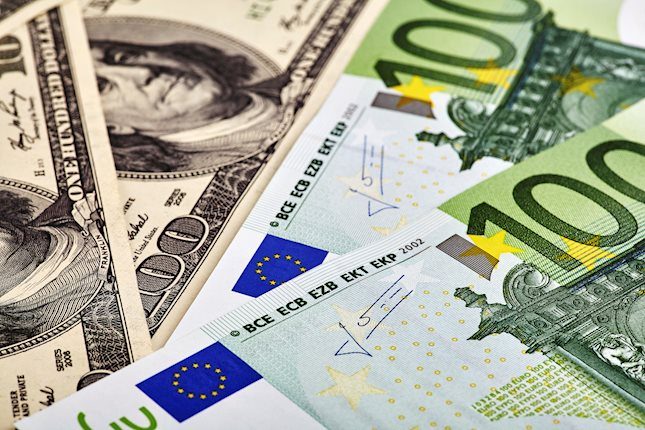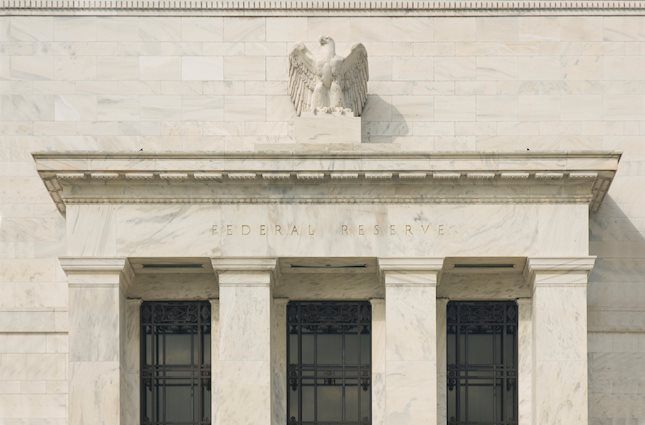The relentless surge of the U.S. dollar is primed to cut a swath of carnage through Asia’s asset markets, leaving economic strain in its wake. Historically, when the dollar flexes its muscle, Asia takes the hit. Waves of unrelenting dollar strength have battered the region before, erasing gains on local currency debt—the backbone of Asia’s emerging markets. Countries with hefty USD-denominated debt are bracing for impact, and for some, this could be the last straw, with swelling debt levels and fragile growth dynamics setting them up for a hard fall.
Trump’s expected return will further complicate the U.S. inflation picture, fueling the fire with a potential mix of tariffs and a more significant fiscal deficit. While the Fed is likely to cut rates, albeit slower, the dollar stands tall as other major central banks scramble with easing policies in the face of tariff-induced strain. For Asia, particularly those economies closely linked to China, the dollar’s dominance is poised to become an economic wrecking ball.
The implications could soon go beyond mere numbers; markets may recognize that this unrelenting dollar strength isn’t just a statistic but a direct assault on Asian economies deeply tied to local currency debt. This is when the big Hedge Fund guns come out and start aiming at the most vulnerable currencies. If the trend continues unchecked, this Asisa vulnerable FX foundation may be swept away, with broader repercussions across the region.
SPI Asset Management provides forex, commodities, and global indices analysis, in a timely and accurate fashion on major economic trends, technical analysis, and worldwide events that impact different asset classes and investors.
Our publications are for general information purposes only. It is not investment advice or a solicitation to buy or sell securities.
Opinions are the authors — not necessarily SPI Asset Management its officers or directors. Leveraged trading is high risk and not suitable for all. Losses can exceed investments.
Recommended Content
Editors’ Picks

AUD/USD plunges to near 0.6400 as weak Aussie GDP boosts RBA dovish bets
Disappointing data results from key fundamentals in Australia weighed heavily on the Aussie Dollar, sending AUD/USD to fresh four-month lows in the boundaries of the key contention zone at 0.6400.

EUR/USD holds near 1.0500 ahead of Powell speech
EUR/USD managed to clinch its second day in a row of gains, extending the recent breakout of the 1.0500 mark in response to the inconclusive tone in the US Dollar ahead of key US data releases later in the week.

Gold advances to $2,650 area as US yields edge lower
Following a consolidation phase near $2,640, Gold gains traction and rises to the $2,650 area. The benchmark 10-year US Treasury bond yield pushes lower after weak macroeconomic data releases from the US, helping XAU/USD stretch higher.

Donald Trump nominates pro-crypto Paul Atkins as next SEC Chair
President-elect Donald Trump confirmed on Wednesday that he has nominated Patomak Global Partners CEO Paul Atkins as the next Chairman of the Securities & Exchange Commission.

Four out of G10
In most cases, the G10 central bank stories for December are starting to converge on a single outcome. Here is the state of play: Fed: My interpretation of Waller’s speech this week is that his prior probability for a December cut was around 75% before the data.

Best Forex Brokers with Low Spreads
VERIFIED Low spreads are crucial for reducing trading costs. Explore top Forex brokers offering competitive spreads and high leverage. Compare options for EUR/USD, GBP/USD, USD/JPY, and Gold.